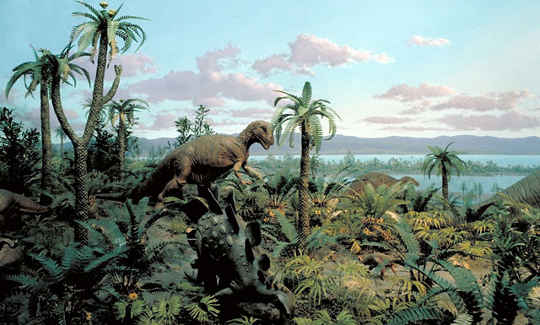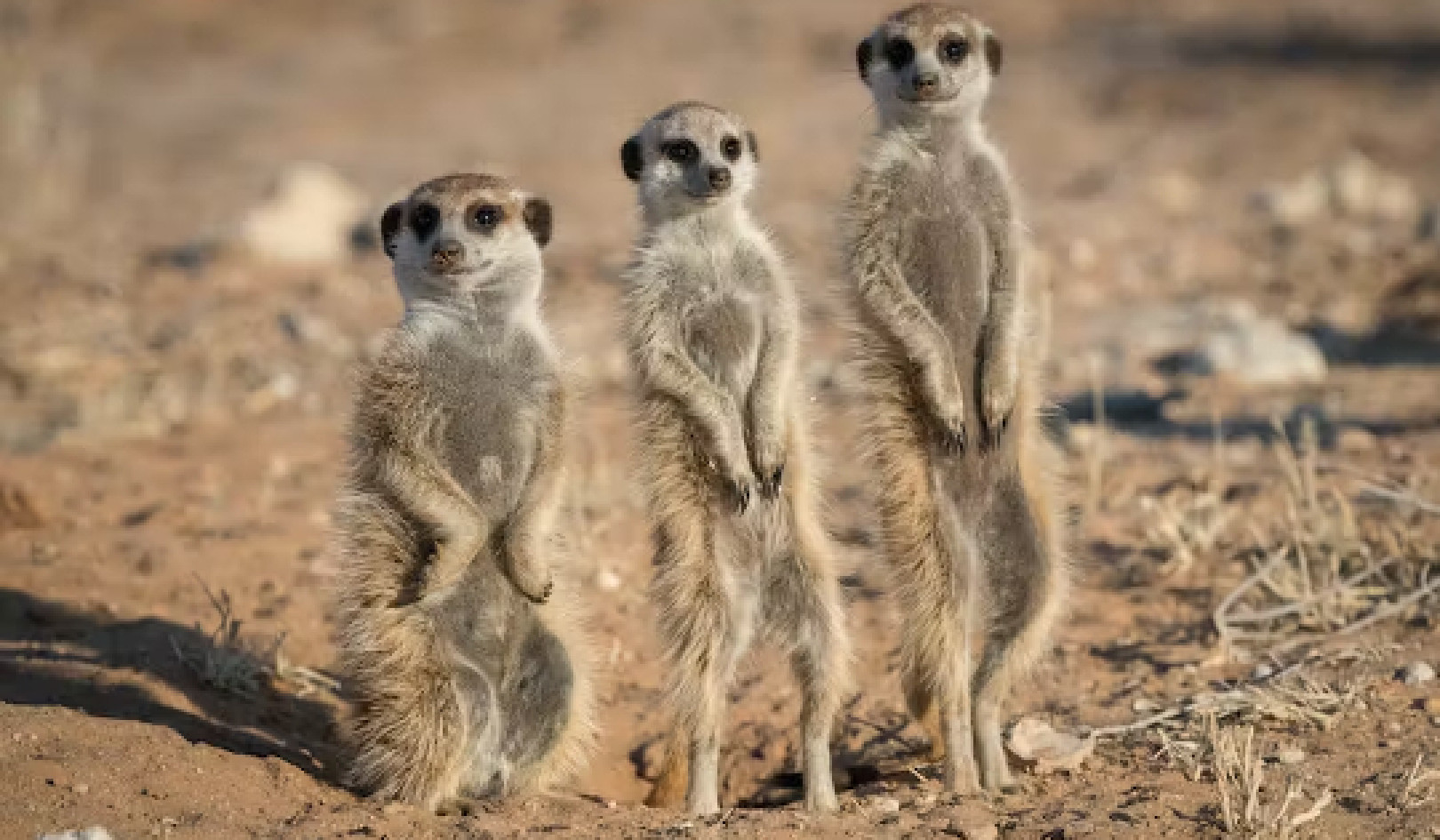
After lying largely forgotten in a museum for decades, a set of fossilised footprints have revealed a new glimpse of the world when reptiles began taking over from amphibians as the dominant land animals. Using cutting-edge technology, we have been able to identify the creatures that probably made the footprints over 300m years ago. This gives us a snapshot of what was happening as reptiles started diversifying and began the process that would see them become the dominant form of vertebrate life on land.
Birmingham used to be covered in lush tropical rainforest. This city in the British Midlands is today known as an ethnically-diverse melting pot of industry and innovation, famous for canals, heavy metal, Balti curry and friendly people with distinctive accents. But 310m years ago – long before the dinosaurs or the first mammals – the area was dominated by primitive plants like horsetails and club mosses, which grew into towering 30 metre tall trees.
A great diversity of early amphibians, insects, arachnids and other invertebrates lived among the lush vegetation. As the plants died, their remains formed thick layers of peat that over time were compressed to form rich deposits of coal that today underlie many parts of Britain. These coal deposits would later power the industrial revolution that would make Birmingham a world leader in manufacturing.
But towards the end of the Carboniferous period (299m years ago), the world began to change. The global climate became increasingly dry and the rainforests of Europe began to contract and vanish. This rainforest collapse is believed to have caused a mass extinction among plants, while many groups of amphibians disappeared and were replaced by early groups of reptiles.
A collection of fossil footprints from Birmingham provides a unique window into this changing world. A schoolteacher, Walter Henry Hardaker, discovered the footprints in the early 20th century in a quarry in the Hamstead area in the northwest of the city. Since Hardaker’s work, they have lain largely ignored in the collections of the Lapworth Museum of Geology at the University of Birmingham – until our research team decided to restudy them as part of a research project funded by the Palaeontological Association.
The footprints are preserved on about 20 red sandstone slabs, and provide a remarkable window into life in Birmingham at the end of the Carboniferous period. They formed as animals walked over muddy areas next to river channels, and were preserved by a covering of sand in a subsequent flood. Trackways show how the animals that lived there moved and skittered across the floodplain. Exquisite details of the environment are preserved, including raindrops and mudcracks that formed during drier intervals.
Our team, led by Birmingham Palaeobiology & Palaeoenvironments undergraduate student Luke Meade, used cutting-edge photogrammetric technology to study the footprints. Each trackway was photographed from numerous different angles, and special software was then used to turn these photos into high-resolution 3D models. These models are freely available to download, and can be used for educational purposes.
Colour-coding the models allowed us to produce topographic maps of each specimen that illustrate them in three dimensions. By comparing these models to Carboniferous tracks from other parts of the world, we were able to identify the types of animals that probably made the tracks.
Amphibian decline
Most common were amphibians, ranging from a few centimetres up to a metre or more in length. Alongside these amphibians lived two other vertebrate groups. Rare tracks show that large pelycosaurs were present, probably superficially resembling modern day Komodo dragons. Pelycosaurs were part of the great evolutionary lineage that would eventually lead to mammals, including humans.
Smaller tracks document early representatives of another great branch of the vertebrate evolutionary tree, the sauropsid reptiles, which were small and lizard-like. These would ultimately diversify into everything from dinosaurs to lizards, turtles and birds.
This snapshot of geological time captures an important evolutionary moment. Although amphibians were still abundant, their dependence on moist environments and bodies of water for spawning may have put them at a disadvantage compared to the rapidly diversifying reptiles as the climate became increasingly arid. Lying at the centre of a famously soggy island, the bustling city of Birmingham may today seem a far cry from this past world. But the rocks on which it sits surely still hold many untold secrets about daily life more than 300m years ago.
![]()
About The Author
Richard Butler, Senior research fellow, University of Birmingham and Andrew Jones, PhD Candidate, University of Birmingham
This article was originally published on The Conversation. Read the original article.
Related Books:
at InnerSelf Market and Amazon






















